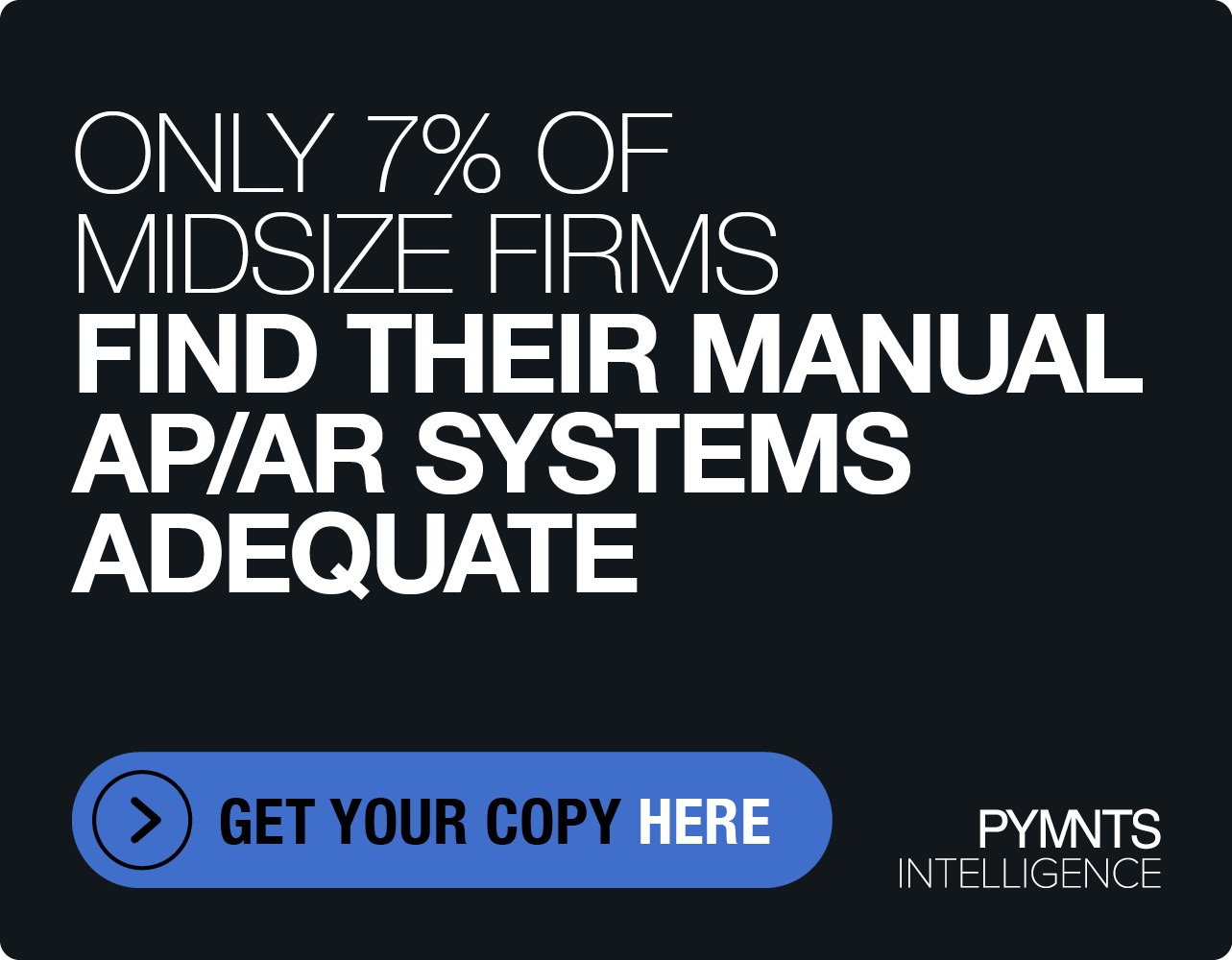Consumer Demand Will Drive Digital Payments

Jack Alton, CEO of Neuro-ID, discusses the digital transformation of payments that has occurred over the past year, and the dilemma it presents. While digital payments present an easy and comfortable customer experience, they also require innovations to detect and deter fraudulent activity. “The frictionless experience for a consumer and the hurdles designed to detect fraud seem to be polar opposites of the digital transformation efforts at every organization,” he says in The Connected Economy’s Power Source – CEO Edition.
Payments have been central to the digital transformation of business since the World Wide Web took its first credit card over the internet more than two decades ago. That single process – consumers making payments, banks allowing payments, regulations monitoring payments and merchants accepting payments – is what makes the digital world go around.
In this past pandemic year, even more emphasis has been placed on consumers moving their lives and purchases online. From Generation Z to baby boomers, everyone has had to make changes in their buying habits. Those institutions and retailers that made purchasing easy were big winners, as millions of internet experts and online novices alike hunkered down in their homes.
This forced migration of consumers has also led many companies to accelerate their digital transformation plans. What was once a thoughtful plan of action to gradually take place over the next several quarters turned into an immediate review and top-down-driven evolution in order to retain current customers and attract new ones.
We have dozens of payment options today, including credit/debit cards, bank transfers, PayPal, peer-to-peer payments like Venmo, split payment options, overtime pay services and many more. Consumers pay their electric bills and mortgages, buy groceries and cars, and have meals delivered to their doorsteps, all because they can easily pay online. We are able to make purchases from our watches, in our cars, from our refrigerators and by simply talking into a smart speaker.
And here is where the continued transformation will see huge innovation in the coming months and years: access. Tech-savvy Gen Z folks expect ease of use, constant availability, and a transparent payment process. Baby boomers need the same level of ease or they will move on to another provider out of frustration.
A Word of Caution As with any mass movement, cybercriminals have been at the Jack Alton forefront, infiltrating companies illprepared to accurately distinguish genuine customers from fraudulent ones. Some experts say this has increased fraudulent transaction attempts by as much as 80 percent, and that they will continue to increase through 2021.
This is the dilemma of digital payments today and in the future. The easy and comfortable customer experience crossed with the ability to detect and deter fraudulent activity will also see huge innovation. The frictionless experience for a consumer and the hurdles designed to detect fraud seem to be polar opposites of the digital transformation efforts at every organization. It’s a conundrum that, if not solved appropriately, could cause revenue declines during a period of record growth.
